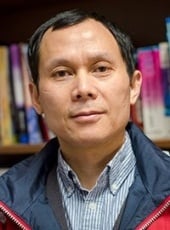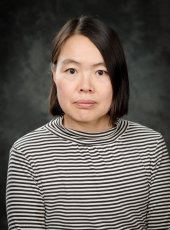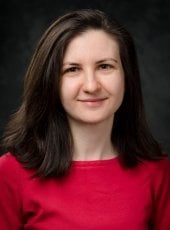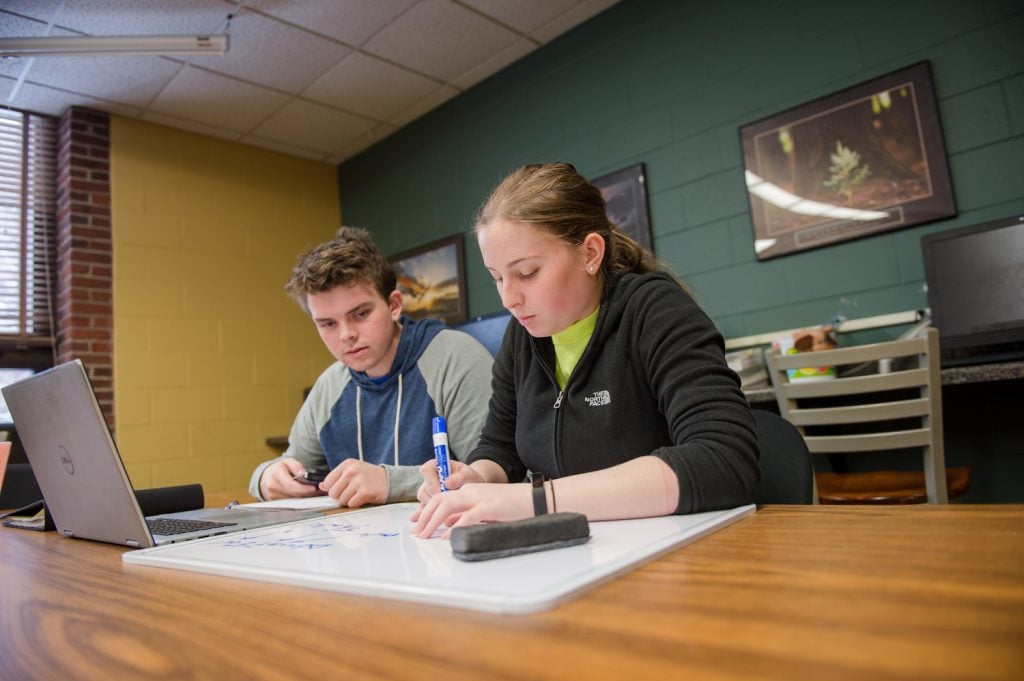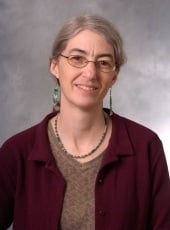
Sarah Green (Chem) is the principal investigator on a project that has received a $62,695 other sponsored activities contract from the Colorado State University.
The project is entitled, “RCN-UBE: Youth Environmental Alliance in Higher Education (YEAH).” This is a potential five-year project.
